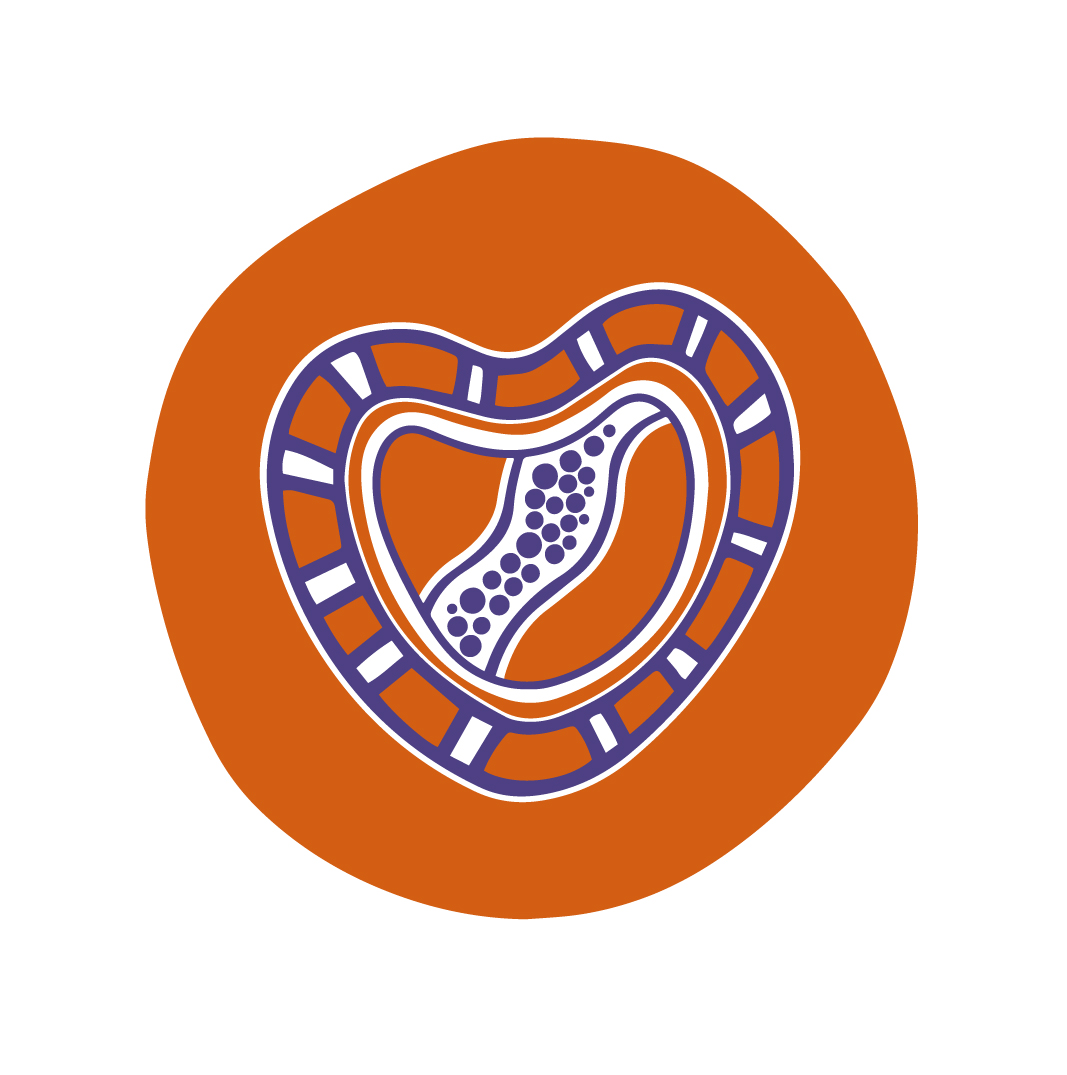Search
Research
Burden of rheumatic heart disease (RHD) and impact of prevention strategies: comprehensive evidence to drive the RHD EndgameThis project will use a multi-jurisdictional linked RHD dataset to establish a baseline burden of RHD in Australia to allow for monitoring the impact of burden over time, and to form the basis of clearly defined targets for the END RHD CRE Endgame Strategy.
Research
Reach: to stop rheumatic heart diseaseReach works to promote the health of vulnerable populations by providing technical support to local, regional and global efforts to prevent and control rheumatic fever and rheumatic heart disease (RF/RHD).

Research
The END RHD CRE: Developing an end game for rheumatic heart disease in AustraliaThe END RHD CRE will undertake a number of projects across several disciplines of research including epidemiology, biomedical sciences; implementation and translation; and understanding the RHD community with a special focus on documenting the experiences of those living with the disease.
Research
Topical antibiotics for chronic suppurative otitis mediaChronic suppurative otitis media (CSOM), sometimes referred to as chronic otitis media, is a chronic inflammation and often polymicrobial infection (involving more than one micro-organism) of the middle ear and mastoid cavity, characterised by ear discharge (otorrhoea) through a perforated tympanic membrane.
Research
Streptococcus pyogenes pharyngitis elicits diverse antibody responses to key vaccine antigens influenced by the imprint of past infectionsKnowledge gaps regarding human immunity to Streptococcus pyogenes have impeded vaccine development. To address these gaps and evaluate vaccine candidates, we established a human challenge model of S. pyogenes pharyngitis. Here, we analyse antibody responses in serum and saliva against 19 antigens to identify characteristics distinguishing 19 participants who developed pharyngitis and 6 who did not.
Research
Systematic Review of Household Transmission of Strep A: A Potential Site for Prevention That Has Eluded AttentionAlthough Streptococcus pyogenes (Strep A) is the sixth-most common infectious disease globally, its transmission within the household remains an understudied driver of infection. We undertook a systematic review to better understand the transmission of Strep A among people within the home, while highlighting opportunities for prevention.
Research
Overlapping Streptococcus pyogenes and Streptococcus dysgalactiae subspecies equisimilis household transmission and mobile genetic element exchangeStreptococcus dysgalactiae subspecies equisimilis and Streptococcus pyogenes share skin and throat niches with extensive genomic homology and horizontal gene transfer possibly underlying shared disease phenotypes.
Research
Rheumatic heart disease across the Western Pacific: not just a Pacific Island problemWe aimed to review RHD burden in Western Pacific Region outside Oceania to identify countries with high RHD burden
Research
Antibiotic duration and timing of the switch from intravenous to oral route for bacterial infections in children: systematic review and guidelinesSystematic review of antibiotic duration and timing of intravenous to oral switch for paediatric infectious diseases and evidence-graded recommendations
Research
Long-term outcomes from acute rheumatic fever and rheumatic heart disease: A Data-Linkage and Survival Analysis ApproachAdverse outcomes for people with acute rheumatic fever and rheumatic heart disease and the effect of comorbidities and demographic factors on these outcomes
